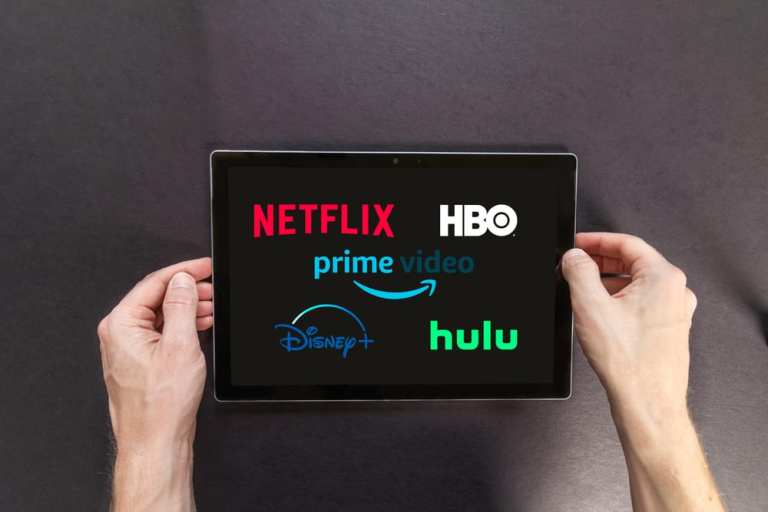
By now, we all know about the runaway success of streaming entertainment services like Disney+, which had nearly 61 million paying subscribers by late July, blowing past its own forecast quicker than a Mandalorian bounty hunter can find a blurrg.
Digital shifts in streaming subscriptions are pushing past thrilling intergalactic boundaries and into the everyday needs of earthbound humans, who need to take classes and access training remotely while the economy reorganizes and reopens amid ongoing COVID scares.
“Streaming services are not the only subscription providers witnessing increased demand and use. The industry as a whole has added 15 million subscribers and 96 million subscriptions since the pandemic began, with the average consumer possessing 2.9 subscriptions in July — up from 2.6 in February,” according to PYMNTS’ new Consumer Subscription Retail Services Report, done in collaboration with Recurly. “Education and training as well as digital media subscriptions have also benefited from this surge. The former reached 20 million subscribers in July, up 10 million since February, while the latter added 10 million subscribers to hit 25 million total during the same period.”
What goes up typically comes back down, however. The new Consumer Subscription Retail Services Report is packed with research insights that will help subscription merchants retain more of those COVID-era customers who sign up in boredom, yet balk at the monthly bill.
Free Trials and Tribulations
With more than half of all consumers saying their use of subscription services has increased since COVID-19 descended on a mostly unprepared world, 2020 is ironically an amazing year for the recurring billing businesses – but it’s not a “set it and forget it” proposition.
As the new Consumer Subscription Retail Services Report states, “…while more consumers are signing up for subscription services, 36.7 percent did not pay for their subscriptions, an almost 13 percentage-point increase over those who said the same in February. The share of those who did not pay for their subscriptions was higher among consumers subscribing to education and training services (51.6 percent), followed by those subscribing to digital media (38.3 percent), streaming services (36.2 percent) and consumer retail services (26.5 percent).”
And not all who sign up stay on, as all streaming platforms are now learning in real time. For example, don’t make the mistake of extrapolating paying members from free trial users.
“Free trials of all subscription types are most popular among Generation Z consumers, who are also the least likely to become paying subscribers: 9 percent of Gen Z consumers are using free trials, but only 11 percent of those will likely keep their services after the trial periods end,” the new report states. “This contrasts with baby boomers and seniors, though. Just 4 percent of subscribers from this group are using free trials, but 35 percent of those who are will likely subscribe after the end of their trials.”
Additionally, PYMNTS and Recurly’s research shows that roughly 24.4 million consumers (13.4 percent of subscribers) “are at risk of canceling their services once the pandemic recedes. Allowing these consumers to pause their subscriptions could stop 44.4 percent of them from canceling their services, however. This means subscription providers could prevent approximately 10.9 million subscribers from abandoning their services.”
Generational Patterns
It’s painful and costly to lose new customers. Subscription merchants can use features like account pause to stave off a consumer’s decision to cancel, but pandemic issues dog the subscription space as they do in every other place on the commerce map.
Job loss and related fears have a lot to do with canceling subscriptions, as do demographics.
“Streaming and consumer retail products are especially popular among Gen Z consumers and bridge millennials, with 34.7 percent and 34.6 percent, respectively, signing up for a new streaming subscription since the health crisis began. That is roughly 12 percentage points above the average. Only 9.4 percent of baby boomers and seniors have subscribed to new streaming services since February, however, and consumers from this generation have the lowest overall interest in enrolling in new subscription services,” per the new report.
As the report notes, “offering longer free trial periods can convert more subscribers into paying customers. Our research shows that 67.9 percent of streaming subscribers who are using free trials would be ‘somewhat’ or ‘much more likely’ to keep their subscriptions if their trial periods were one month longer.”